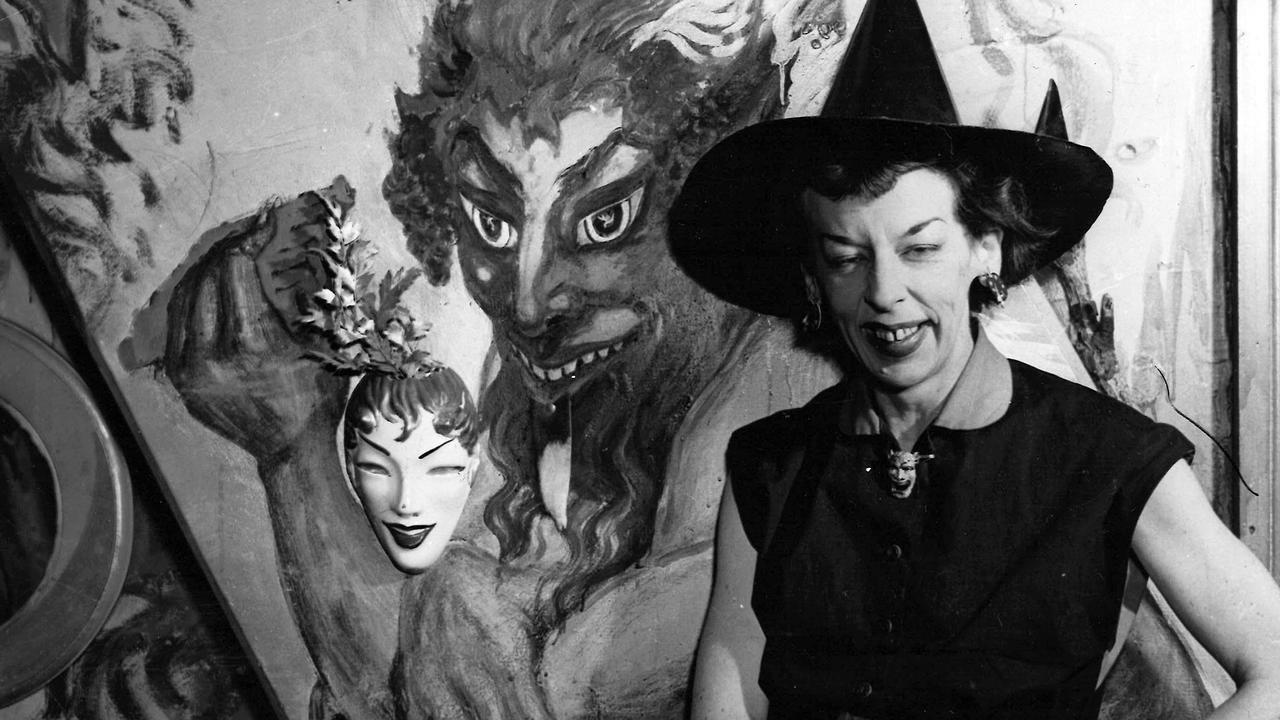Aussie fighter pilot John Jackson’s amazing jungle escape after plane shot down
John Jackson trekked for two weeks over mountains while barefoot to safety after his plane was shot down over New Guinea.
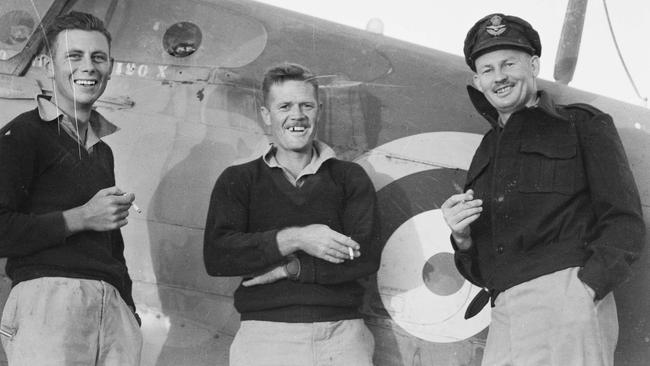
In Black and White
Don't miss out on the headlines from In Black and White. Followed categories will be added to My News.
After Aussie fighter pilot ace John Jackson was shot down off the coast of New Guinea in 1942, he played dead so the Japanese Zeros circling above wouldn’t machinegun him.
The World War II squadron leader – nicknamed “Old John” – somehow struggled to shore, then endured a two-week ordeal and trek over the Owen Stanley Range to return to his unit.
Jackson is the subject of a two-part miniseries of the free In Black and White podcast on Australia’s forgotten characters:
His story is told by Michael Veitch in his book 44 Days, the first in a trilogy that culminates with his latest book, The Battle of the Bismarck Sea.
Only the day before Jackson’s crash, word had come through that he had been awarded the Distinguished Flying Cross for his services in the Middle East.
Jackson was shot down in his Kittyhawk after being surprised by three Zeros during a solo reconnaissance mission and he crash landed out to sea
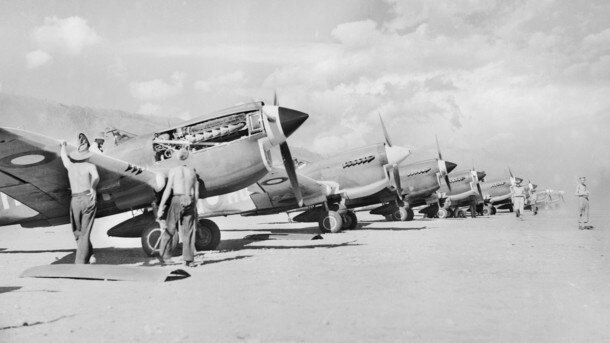
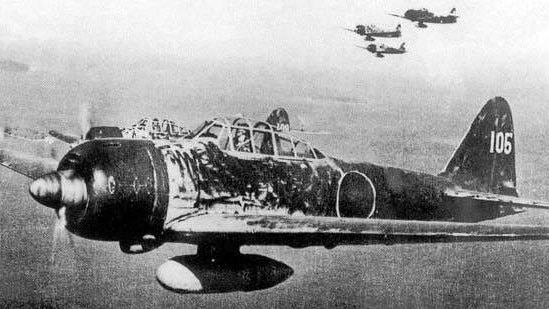
Later, he described the incident with characteristic straightforwardness in a letter to his beloved wife and mother of his two children.
“Dearest Betty. Went off to Lae about 06.00 on 10/4/42 to do a low reconnaissance flight,” he wrote.
“Just as leaving Lae, three Japanese fighters surprised me and shot my plane to bits.”
As Veitch explains, the 34-year-old Queenslander survived the crash, and had another lucky escape as he swam to shore when a crocodile seemed to sniff him before deciding “it didn’t approve and turned away”.
“He foolishly discarded his flying boots because they were weighing him down,” Veitch says.
“If he’d actually held them, they would have been very helpful for what was to come.”
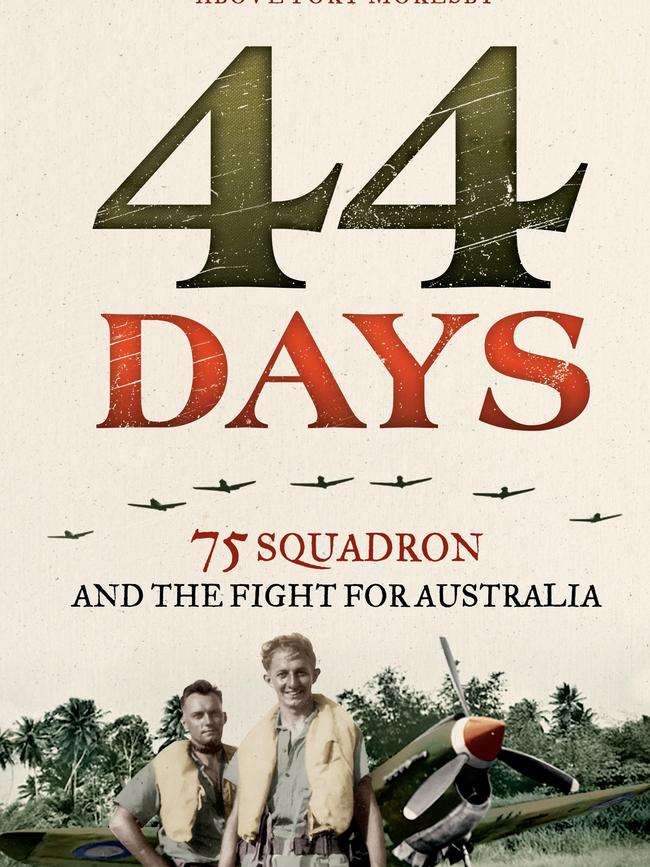
By luck, Jackson came ashore in an area inhabited by friendly native villagers, who took Jackson into the jungle and helped him evade the Japanese stationed close by.
“They agreed to spirit him away back over the Owen Stanleys,” Veitch says.
“So he had to do what the blokes on the Kokoda Track did, climb the bloody thing, up and down, up and down … in stultifying conditions with poor food and basically no shoes.”
With the Japanese in pursuit, Jackson was helped to escape their clutches by locals, who passed him from one village to another like a kind of bush telegraph.
“They said we’ve got to get this bloke back, shelter him and feed him as much as you can under the noses of the Japanese, because if they find him they’ll torture him and kill him,” Veitch says. “And everyone knew that.”
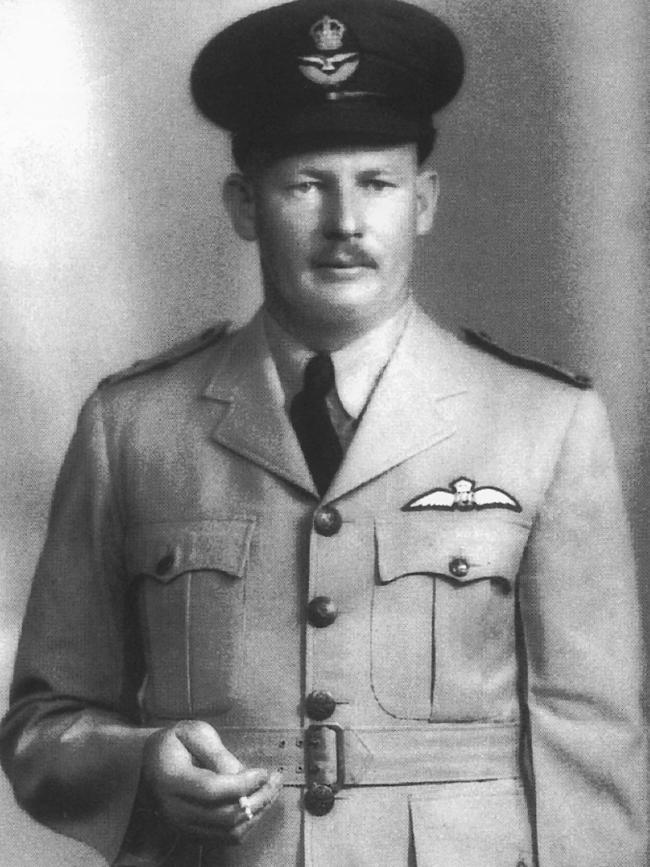
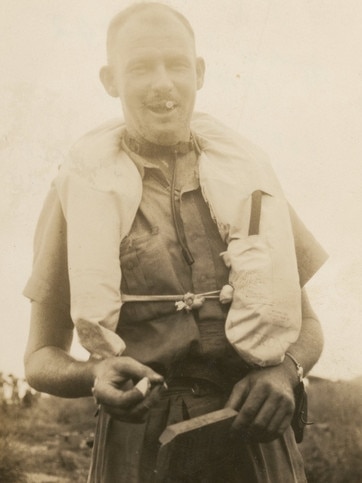
Eventually, Jackson was met by a US Douglas Dauntless, given a quick lesson in operating the aircraft’s twin rear-mounted machine gun, then flown back to Port Moresby.
“Coming into Moresby, the aircraft was attacked by a Japanese Zero, and the American fighter pilot said, ‘Listen, mate, can you get on the back of that gun and shoo that Zero away,’” Veitch says.
“So Jackson, who’d never fired a gun like this in his life … started firing away at this Japanese Zero. He didn’t shoot it down but he did shoo it away.
“Meanwhile, a bullet from the Japanese gun sheared off the top of his little finger.
“And so there’s a photo of him arriving at Port Moresby, everyone’s (saying) “Jacko’s back, Jacko’s back”, crowding around him, with a bandage on, having had his finger sheared off by a Japanese bullet!”
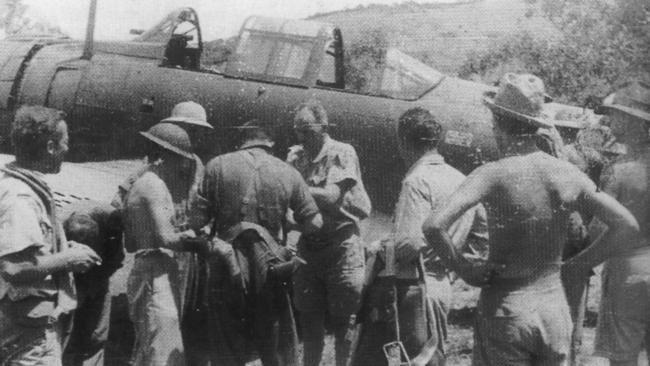
“That’s what these people were like,” Veitch says. “They were so tough.”
Jackson, after surviving his trek through the jungle, later dismissed the wound as “a mere scratch”.
Listen to the interview about John Jackson with Michael Veitch in the In Black and White podcast on iTunes, Spotify or web.
See In Black & White in the Herald Sun newspaper Monday to Friday for more stories and photos from Victoria’s past.




